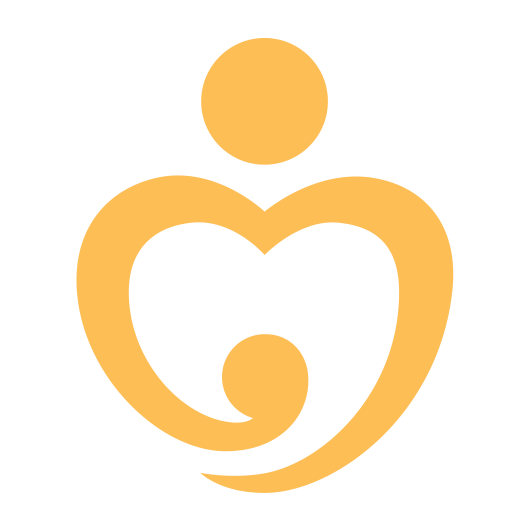From Disparities to Progress: Nepal's Journey in Maternal and Child Health
“Nepal is emerging as a leader in the worldwide context of maternal and child mortality”
By Naresh Newar
One Heart Worldwide brought together over 130 participants from across the world during the international webinar, ‘Maternal and Newborn Health in Nepal: Contributions from One Heart Worldwide,’ held on August 22, 2023.
“We have a very special presentation about maternal and newborn health work that One Heart Worldwide is doing in Nepal,” said Mr. David Murphy, Board Member and Chief Executive Officer of One Heart Worldwide (OHW). He shared how the webinar had attracted a large number of people from around the world to this significant event.
“One of the important points we appreciate very much in Nepal is the support One Heart Worldwide has provided to the rural communities and families in Nepal. You have been able to reach people where the attention is needed the most,” said the Honorable Ambassador of Nepal to the USA, Mr. Sridhar Khatri.
Ambassador Khatri opened the webinar by highlighting and sharing critical issues related to the maternal and neonatal health (MNH) situation in Nepal and the progress that has been made. He also shared examples of initiatives and impacts made through One Heart Worldwide (OHW).
Three prominent experts, Dr. Kirsten Meisinger, Dr. Swaraj Rajbhandari, and Mr. Surya Bhatta, were the key speakers presenting on the MNH issues considering the global, regional, and Nepal contexts and perspectives.
Nepal in the global context
“In the United States and in Europe, maternal mortality is not decreasing. It's actually rising, and this has garnered a lot of information sharing from other parts of the world. I'm excited for us to be able to learn from our partners in Nepal to be able to reverse this trend in our own countries,” said Dr. Meisinger.
Serving as the Board Chair of OHW, Dr. Meisinger is the Director of System Transformation and Leadership at Harvard Medical School Center for Primary Care. She is an international expert on Patient-Centered Medical Homes and healthcare system transformation.
She explained how One Heart Worldwide's strategies have made a tremendous difference in a resource-poor environment.
“The simple fact remains that when your environment is resource-poor when your people are impoverished at a completely different level in Nepal than you are in the United States, you're still going to see the absolute numbers be dramatically different,” she added.
She explained that action requires equitable access to health care and that working outside of the health care system is narrowly defined to address broader social well-being and development.
“That framing is especially important for an organization like OHW, which has always operated from that principle of capitalizing on all of the strengths in society and going to the communities and transforming the entire Community to be able to improve the health of the family,” said Dr. Meisinger.
Beyond MNH: Humanitarian support by OHW
The webinar was moderated by OHW’s Board Member, Mr. Jagdish Upadhyay, who has over 40 years of experience in global health management. Among his prominent achievements include spearheading various new initiatives and global partnerships that successfully advanced UNFPA’s mandate to achieve universal access to sexual and reproductive health and rights.
“When I visited the field and started looking at the facilities, I was told that most maternal death happens in facilities. So what One Heart Worldwide was doing was very important because they were equipping, training people, and providing support to health facilities,” said Mr. Upadhyay. He added how, in the municipalities where OHW implemented its MNH program in partnership with local governments, the Birthing Centers were functioning well despite the impact of the COVID-19 pandemic.
In this context of OHW’s support during the pandemic and disaster, Honorable Ambassador Khatri also shared that OHW has not only consistently supported Nepal in the health sector but also acted during times of difficulties in Nepal.
“The contribution made by One Heart Worldwide in the post-earthquake 2015 and COVID-19 pandemic was very significant, and these are things that Nepali people will not forget for a long time because it is at these moments when friends act, and those memories become lasting for those beneficiaries who needed them so much,” he remarked.
Progress in Nepal, but disparities exist in the provinces
Dr. Swaraj Rajbhandari shared how Nepal has made remarkable in improving MNH and improving in reducing infant and under-five mortalities in comparison to countries in South Asia.
“This is due to various factors because of the policy strategy guidelines standards being in place, and the programs like the Safe Motherhood policy are also increasing in the number of skilled Healthcare Providers, having the free maternal Health Services, incentive schemes to improve the antenatal care, and the postpartum visits, birth preparedness package and also preparing for the complication management,” said Dr. Rajbhandari.
Dr. Rajbhandari is a senior obstetrician/gynecologist with over 35 years of experience in clinical and technical leadership in maternal, neonatal, and reproductive, and has worked extensively in international public health in Asia, Africa, the Caribbean, and the Middle East.
During her presentation, Dr. Rajbhandari shared that institutional birth delivery has really increased, and that is very good news for Nepal. But at the same time, she is very concerned about how disparity exists in various provinces.
Inequality across all of the provinces is very high, and MNH is affected by various factors like social, economic, and geographic inequalities, among others. The MNH situation in Bagmati Province is much better compared to Lumbini, Karnali, and Sudurpaschim, where the maternal mortality ratio is high.
She shared that more than 50% of deaths occur among the 15 to 19 and 20 to 24 age groups. The legal age of marriage in Nepal is 18, but in many provinces and all over Nepal, child marriage and marriage before 15 is still very prevalent.
“In the provinces Madhesh and the Far Western region, the girls are getting married before age 15, leading to early marriage, early childbirth, and the adolescent mortality is very high because they are not able to reach the health facility when needed. There is disparity among the ethnic groups like the Madheshi Muslims because they also get married at a very low younger age group, and the mortality again is very high,” said Dr. Rajbhandari.
OHW’s close partnership with the Government
Mr. Surya Bhatta explained how OHW has always worked closely with the government to strengthen the already existing system and health infrastructure. OHW’s approach has fostered a spirit of partnership and hope for change, especially among rural municipalities, which have started to invest on a cost-sharing basis for rural facility upgrades and have expanded its MNH program across Nepal.
“We started our program from eastern Nepal and moved up to the middle hills, and now we are strategically moving into the Karnali and Madhesh provinces where most of the health outcomes are comparatively poorer than the national average,” said Mr. Bhatta, who is the Executive Director of OHW, a graduate from Dartmouth College with an MS in Healthcare Delivery Science with extensive experience in serving public health in Nepal.
He shared OHW’s Network of Safety model, which focuses on actively engaging key government and community actors to contribute to strengthening rural MNH care.
OHW has helped to train about 21,000 Female Community Health Volunteers, renovated or constructed 160 birthing centers, equipped around 500 birthing centers, and trained around 700 Skilled Birth Attendants. OHW has also trained around 171 SBAs on ultrasound training and rural ultrasound training. In addition, over 18,000 stakeholders have been trained to improve health facility management and local health governance. OHW helped in quality intervention for around 500 health facilities to improve the service readiness and service quality of Health Facilities.
“We will be reaching 165,000 annual pregnancies per year in 21 districts covering the 6.6 million population. We have already reached 1 million lives, pregnant women and newborns,” said Mr. Bhatta.

